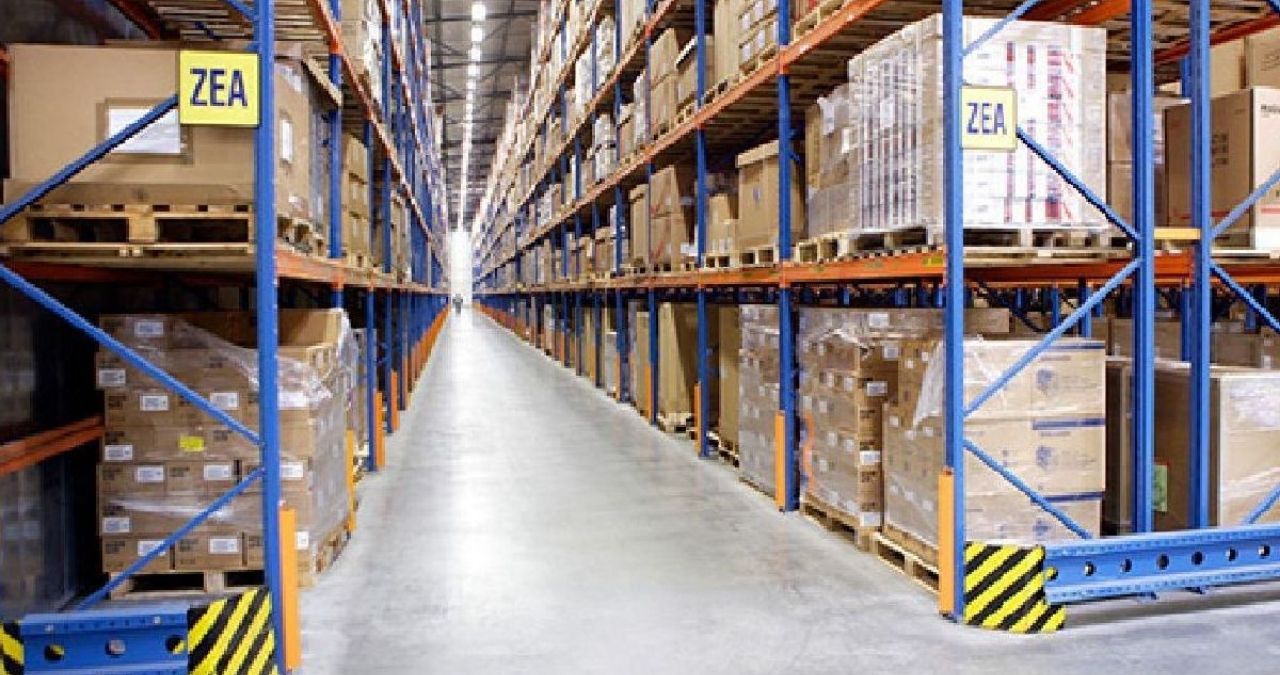
Warehouses play an absolutely indispensable role in the supply chain. Without this crucial stage, distribution, and sorting would not be possible. How do you determine the value of warehouse capacity?
The Value of Warehouse Capacity
What Is Warehouse Capacity?
Businesses can determine warehouse capacity in a surprising variety of ways. The market price of the warehouse space is going to be measured in square feet. However, this traditional way of measuring a space says very little about the extent to which you will be able to use the warehouse space in practice. It leaves out ceiling heights and other factors that limit available warehouse capacity.
It is easy, of course, to calculate the number of cubic feet you have available. However, you need to consider both the available stack height of a warehousing facility and the amount of space that needs to be used for purposes other than storage. This will help you determine what the practical, rather than the theoretical, capacity of a facility is. Keep in mind that fixtures such as vents, ducts, and even lighting also limit the warehouse capacity. This is in addition to entrances and exits. These, therefore, need to be subtracted from the total amount of cubic feet available to you.
Among many other factors, warehouse capacity is also influenced by the shape of the warehouse facility and the type of pallets used to store inventory. Other factors include the width of the aisles and even local government regulations. The entire available space will not be full of inventory, this is crucial to keep track of as well.
With all this in mind, it is possible to calculate the total warehouse capacity of a facility. This can be done once it has been optimized for the most efficient utilization, by tracking the inventory volume, which is done in cubic feet.
What Determines the Value of Warehouse Capacity?
How much value does warehouse capacity offer a particular commercial operation? Should the venture consider alternative warehousing options? Calculating the value of warehouse capacity is a complicated task that requires a multi-faceted approach.
Companies must factor in the total amount of operating costs in order to gain closer insights. These may include the costs of pallet racks, forklift trucks as well as forklift operators, utility costs, and maintenance expenditures, among other factors.
Other factors to consider
- The location of the warehouse facility in relation to a company’s customer base. This determines the cost of transportation of inventory.
- The amount of “forced” wasted space as a result of the layout of the storage facility.
- Delays in the movement of inventory caused by the warehouse’s layout or positioning.
- How efficiently employees and other workers are able to carry out their tasks during their shifts. How are employees able to utilize the warehouse space?
- The physical condition of the warehouse space. Are any underlying issues that could lead to a risk of inventory damage or spoilage?
- The security aspects of warehouse management; in some cases, geographical factors will limit the measures you are able to implement in order to protect inventory from theft and vandalism.
These factors can all be helpful starting points for those businesses who are evaluating whether they need to consider novel warehousing solutions, or whether they need to carry out renovations in order to optimize their existing storage facilities. They can also be pointers when companies are evaluating whether a storage facility they are considering investing in would bring adequate returns on investment.
Additional Reading: Warehouse Asset Management Best Practices
Nebraska Warehouse One-Stop-Shop | Technology Enabled 3PL Value-Added Services Warehouse | Freight Broker | Logistics
Nebraska Warehouse doesn’t just help to facilitate your shipments, but we are truly a one-stop-shop solutions provider. Our services include:
-
- Professional Storage Development and Management
- Quality controlled Environment
- Responsive, Personal Customer Service
- Reasonable Price
- Real Estate Development and Management
- LTL & FTL Shipping
- Refrigerated Trucking & Storage
- E-Technology Software
- Transportation Freight
- Dedicated Contract Warehousing
- 3PL Public Warehousing
- 3PL Specifications
